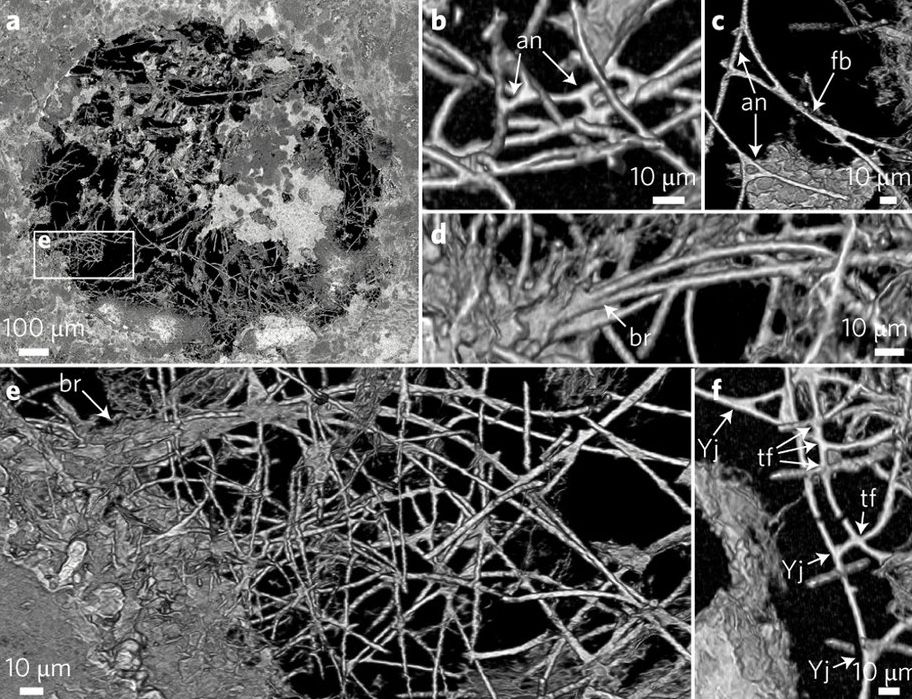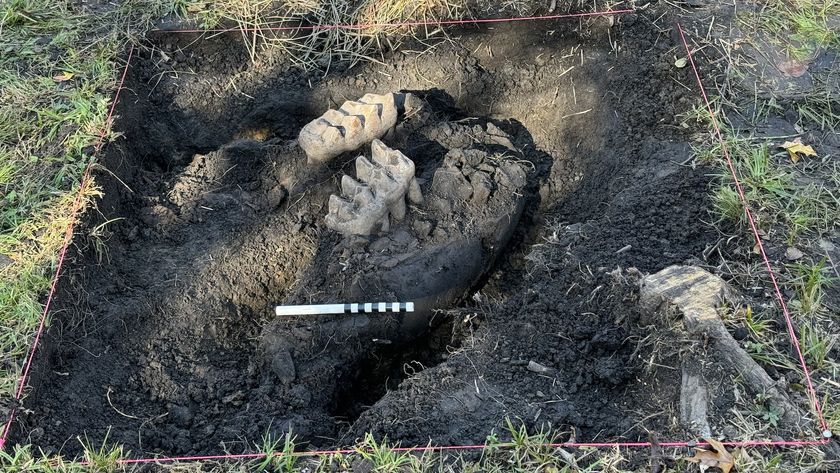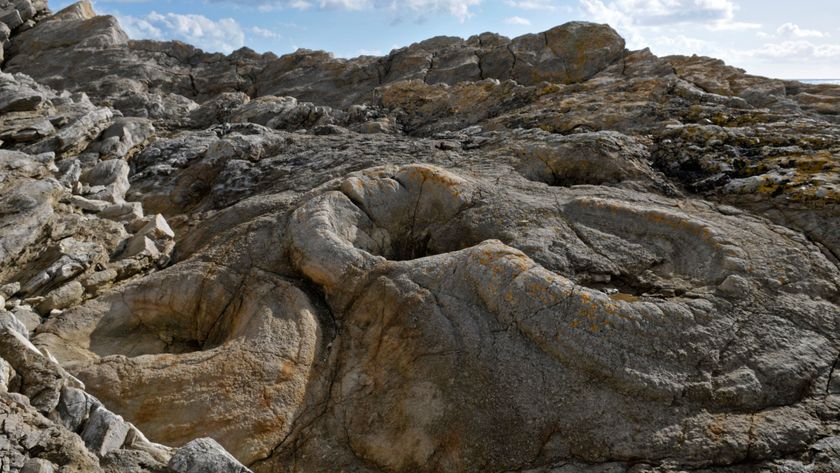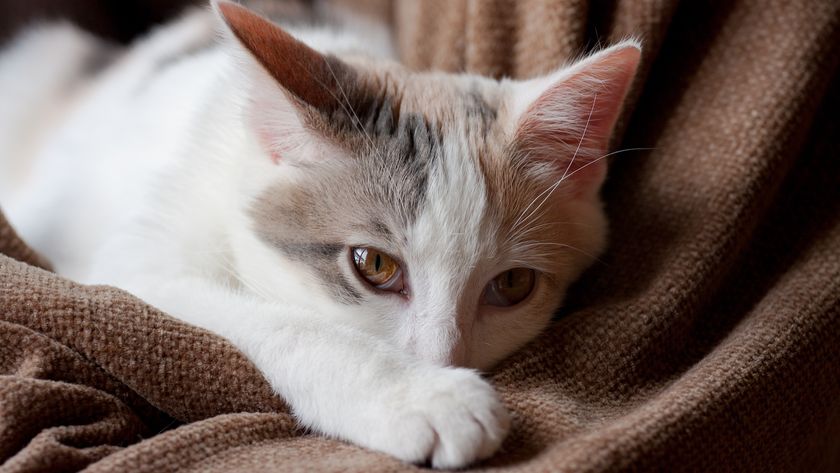Earliest Fungus-Like Fossils Date Back 2.4 Billion Years

An international group of scientists says it has discovered 2.4 billion-year-old fungus-like fossils — approximately 2 billion years older than any previous fungal specimen and a billion or more years earlier than scientists currently think fungi first evolved. If accurate, the finding could reset the spacing of some of the earliest branches on the tree of life. Birger Rasmussen, a professor at the Western Australian School of Mines, was looking for minerals to date ancient submarine lava collected from bedrock in Northern Cape Province, South Africa, when he found microfilaments in millimeter-sized gas bubbles. "I was startled to find a dense mesh of tangled fossilized microbes," Rasmussen said. But gas bubbles in submarine lava can provide a habitat for microorganisms, and knowing that, "we were on the active lookout for fossils in the ancient deep biosphere," said Stefan Bengtson, professor emeritus in paleobiology at the Swedish Museum. He is the lead author of a paper describing the findings, which is published today in Nature Ecology & Evolution. Rasmussen was not looking for the fungus-like structures, "but he had the right mindset to recognize them as fossils," Bengtson said. "It was not accidental."
The South African lava surrounding the fossils was dated at 2.4 billion years old. The structures were found in tiny bubbles and voids within the lava that generally fill with other minerals within 10 million years of forming, Bengtson said, meaning the fossils would be approximately the same age as the rock. "Our organisms had only a limited time to thrive," he said. It is possible, according to Bengtson, that an organism other than fungi formed the structures.
"This is why we call the fossils 'fungus-like' rather than 'fungal'," he said. "We have been careful to point out that the filaments we see are very simple." He described the fossil samples as looking like jumbles of tangled threads that branch and rejoin and said what appear to be bumps along the threads may be spores. There are no known non-fungal equivalents to what was found, Bengtson said.
"[The fossils] are practically indistinguishable in habitus and habitat from the proven fungi in the much younger fossil record," Bengtson said. "We were quite excited that the fossils were so fungus-like."
If the research holds, it would dramatically change "our sense of the timetable of evolutionary history," said Andrew H. Knoll, Fisher Professor of Natural History at Harvard University. Knoll, however, remains cautious. "Without actually having seen [the research], and giving them the benefit of the doubt, I wouldn't immediately rule out the idea that they are correct in their interpretation," he said. He is skeptical about the timeframe. A fungus is a eukaryote — an organism with a complex cell structure that needs oxygen. A 2.4 billion-year-old fungus-like eukaryote would have been using oxygen at nearly the same time scientists think oxygen first appeared in notable amounts on the planet.
RELATED: World's Oldest Plant-Like Fossils Discovered in India Knoll said he thinks it's likelier the earliest fungi emerged about 1.5 billion years later than the organisms the Swedish group found. "I look forward to seeing [the research] when it comes out and we'll see what happens," he said. Doug Erwin, curator of Paleozoic invertebrates at the Smithsonian National Museum of Natural History, said he is skeptical.
"[The discovery], if accurate, would be surprising as it would significantly precede fossil evidence and molecular clock analysis for the origin of eukaryotes, much less the origin of fungi," he said. This is the second major announcement in ancient evolutionary research from Bengtson and the Swedish Museum of Natural History in two months. In March, another group he led announced finding multi-cellular plant fossils in India that they claim pre-dated any other similar specimens by 400 million years. "Luck," Bengtson said, "favors the prepared mind."
Sign up for the Live Science daily newsletter now
Get the world’s most fascinating discoveries delivered straight to your inbox.
Originally published on Seeker.
Most Popular




